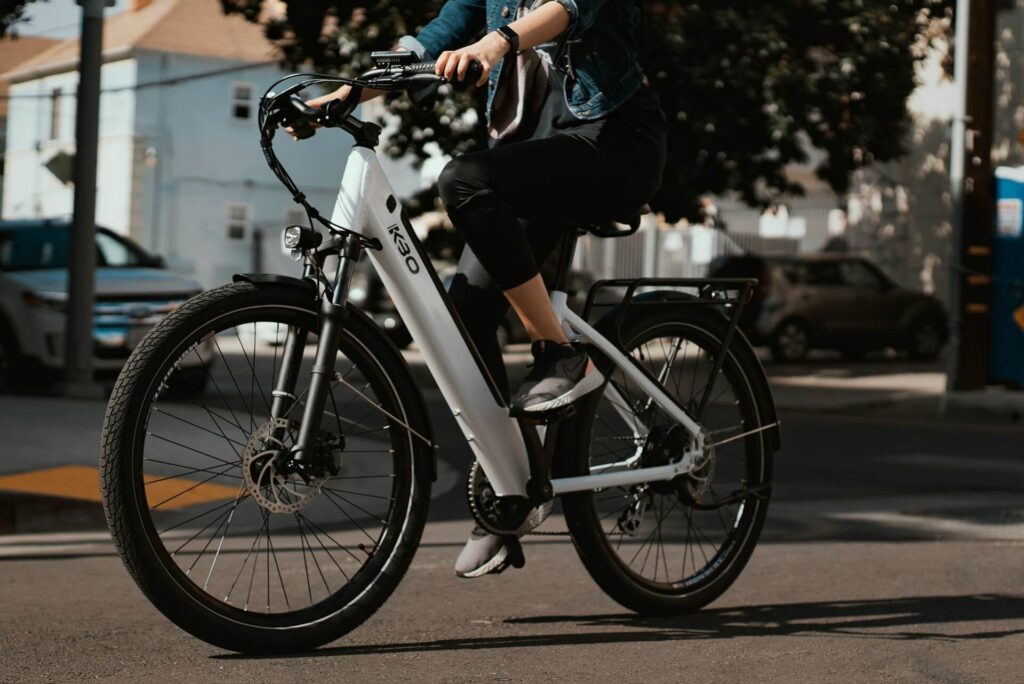When to charge an e-bike battery? Most often, the most prudent practice in e-bike battery management would be to charge it after every ride, unless the battery was in use for a very short time. A generally recommended charge level lies between 20 and 85% of battery. Dipping below 20% runs dangerously close to empty, and allowing the battery to fully deplete and run on empty could negatively affect its longevity. Interested in more information about e-bike battery charging best practices? Read on!
Table of Contents:
Key takeaways:
- Charge Regularly: Charging the battery after each long ride helps maintain its health and performance.
- Avoid Extreme Charge Levels: Try to keep the charge level between 20% and 85% for optimal battery life.
- Proper Temperature: Charge the battery in a cool, dry place, avoiding extreme temperatures.
- Storage: If you won’t be using the bike for an extended period, store the battery at a charge level of 40%–60% in a cool, dry place.
- Safety: Use only approved chargers and avoid charging the battery under extreme conditions.
E-Bike Battery Management
Given the hefty price tag that most e-bikes come with, most owners deem proper care and maintenance paramount to avoid prematurely ending the lifespan of their prized possession.
One such aspect of e-bike longevity concerns proper battery management. And no, this has nothing to do with e-bike battery safety – a mismanaged power supply does not pose a danger to the rider because of built-in temperature management systems and other safety features to promote stability and prevent overheating, among other things.
With that quick aside out of the way, let’s dive into the practical tips and discuss when to charge an e-bike battery.
Initial charge
First off, upon bringing the bike home after purchasing it, you’ll want to get familiar with the manufacturer’s instructions. They should closely outline proper care and handling practices, including when to first charge your new e-bike.
The bike’s battery levels may be nearing zero following storage for an unknowable amount of time. Therefore, ensuring the bike is fully charged before initial use is crucial to kick off proper battery cycling.
Post-Ride Plug-In
Next comes the question on the minds of many: how often should you charge an e-bike battery? Many experts claim that the best thing you can do to retain battery health for as long as possible is to charge it after every ride. By doing so, you’ll ensure the chemical components of the lithium-ion battery in your e-bike don’t degrade over time, increasing the longevity of your bike as well.
However, there is slightly more to it. Shorter rides that do not drain the battery as much may not necessitate a charge every time. This all has to do with proper storage levels, which we’ll tackle next.
Proper storage levels
Good maintenance practices dictate that keeping the battery level anywhere between 20% and 85% ensures optimal performance and preserves battery health for longer. This means that as long as your bike’s battery charge lies in that range after you’ve used it, there’s no immediate need to charge it right away.
Crucially, however, you shouldn’t let the battery drop below 20% without charging or, even worse, letting it drain completely. This is especially important for prolonged storage without use. If your e-bike remains unused at 0% charge, it may affect its performance and eventually lead to self-discharging.
Other E-Bike charging Do’s and Dont’s
What else should (and shouldn’t) you do with your e-bike battery? We’ve compiled a couple of miscellaneous maintenance tips below:
- Storage temperature: Exposure to excessively high or low temperatures could harm the battery’s durability. Depending on your local climate, it might influence proper storage practices in winter and summer.
- Inactive charge levels: Contrary to some recommendations, which swear by leaving your bike at 100% charge, maintaining levels around 50% is best for when you expect to not use your bike for lengthy periods. Storing the bike at 0% is also inadvisable.
- Occasional discharging: You may consider occasionally depleting the battery system and then recharging it back to full. There is some debate on whether the efficacy of this practice can be proven and meaningfully contribute to battery health, but the evidence remains inconclusive.
- Keep the bike switched off in storage: This one should be self-explanatory but double-check that the bike is actually off before dropping it off.
The takeaway
When to charge an e-bike battery? Hopefully, by now you know the best practices to keep your bike healthy and usable for as long as possible. The technological excellence behind e-bike batteries ensures their reliability, provided proper care is exercised. Following these guidelines will optimize your e-bike’s performance and contribute to its longevity.
You may also read: What Is a Lithium-Ion Battery?
When is the best time to charge an e-bike battery?
Can I charge the battery immediately after riding?
Do I always need to charge the battery to 100%?
How should I store the battery if I’m not using the bike for a long time?
Can I use any charger for my e-bike battery?
About the Author
EMBS
Leading manufacturer of advanced battery systems with a market presence of over 25 years. We specialise in rechargeable lithium-ion batteries, producing a wide range of systems with varying power and capacity.
